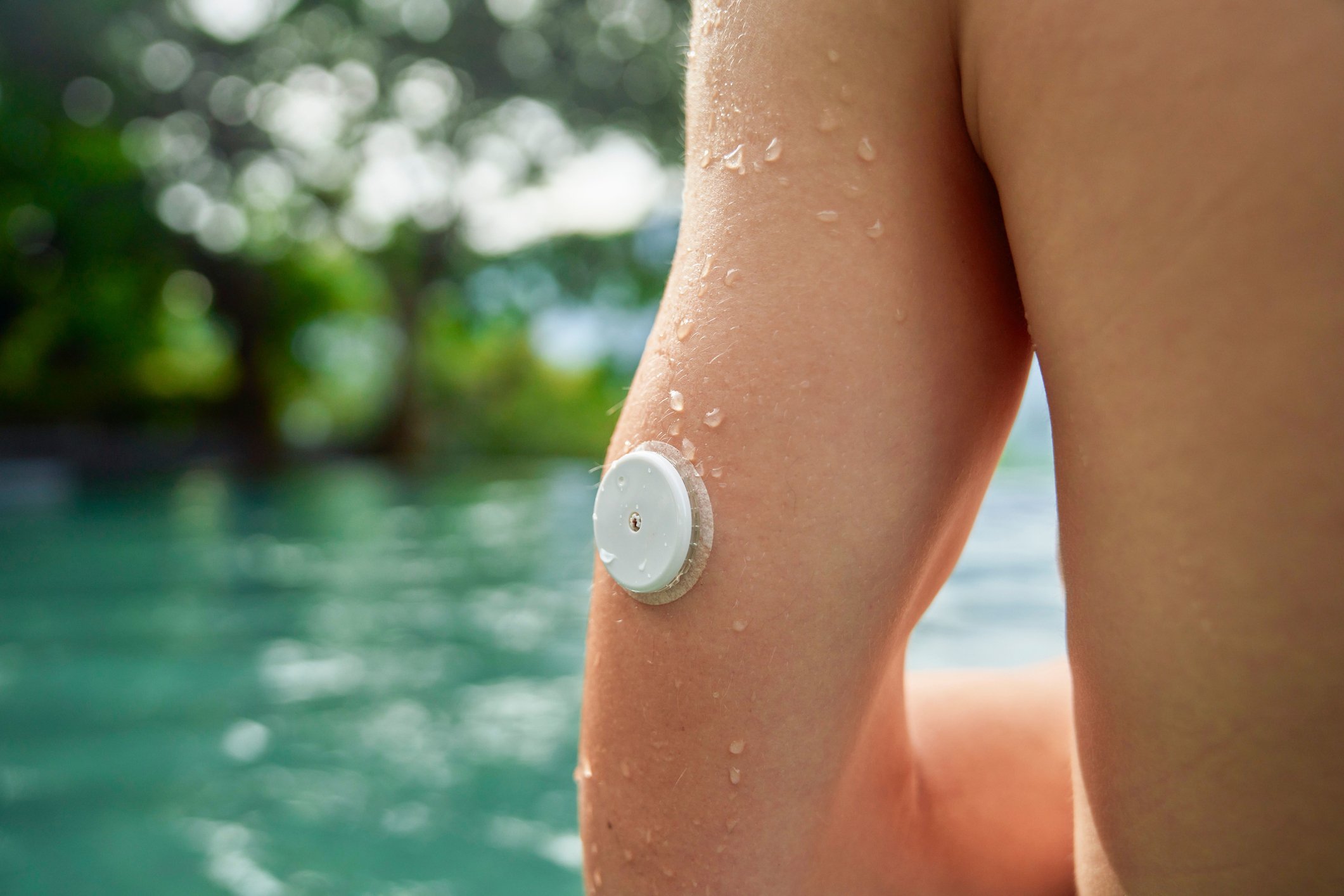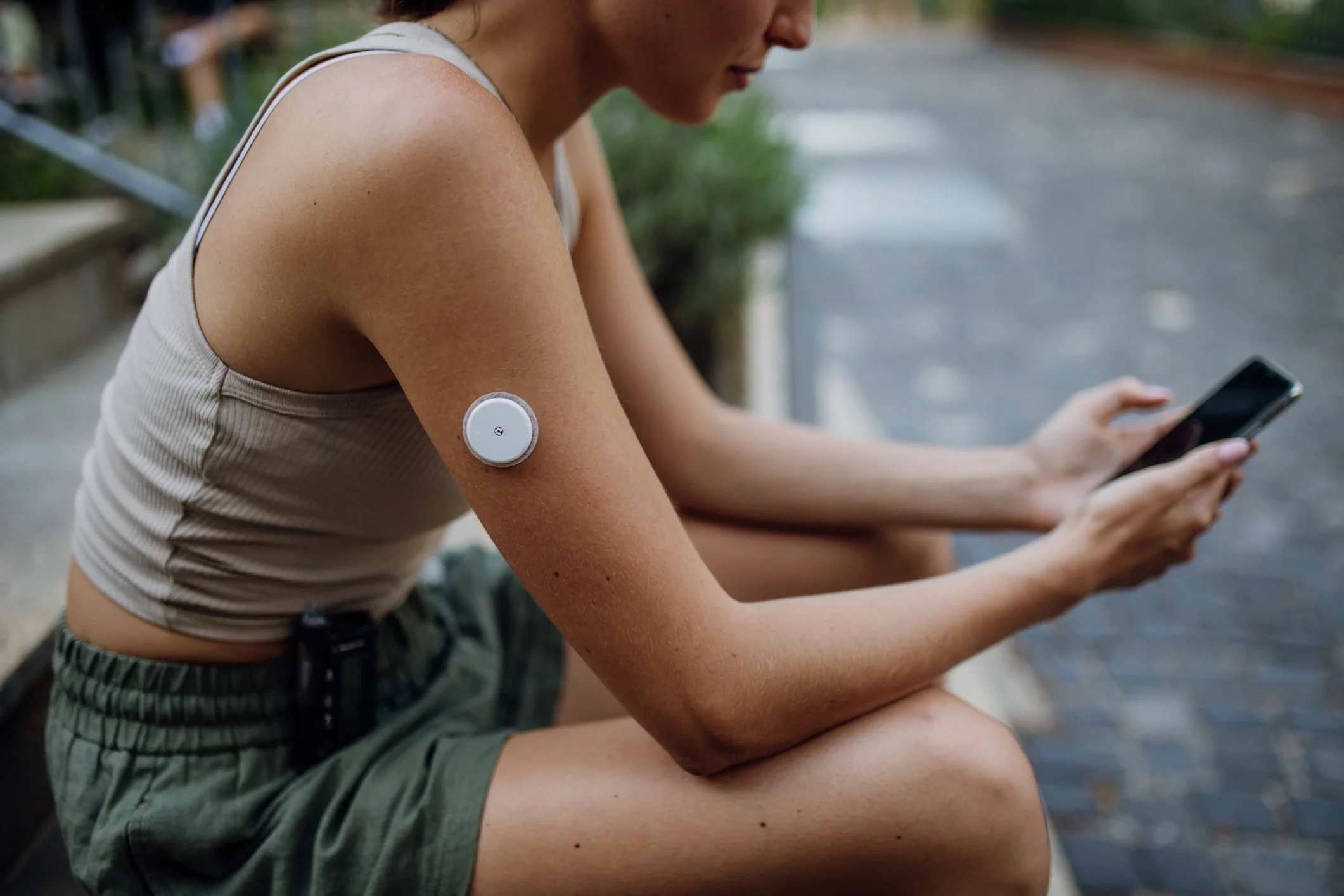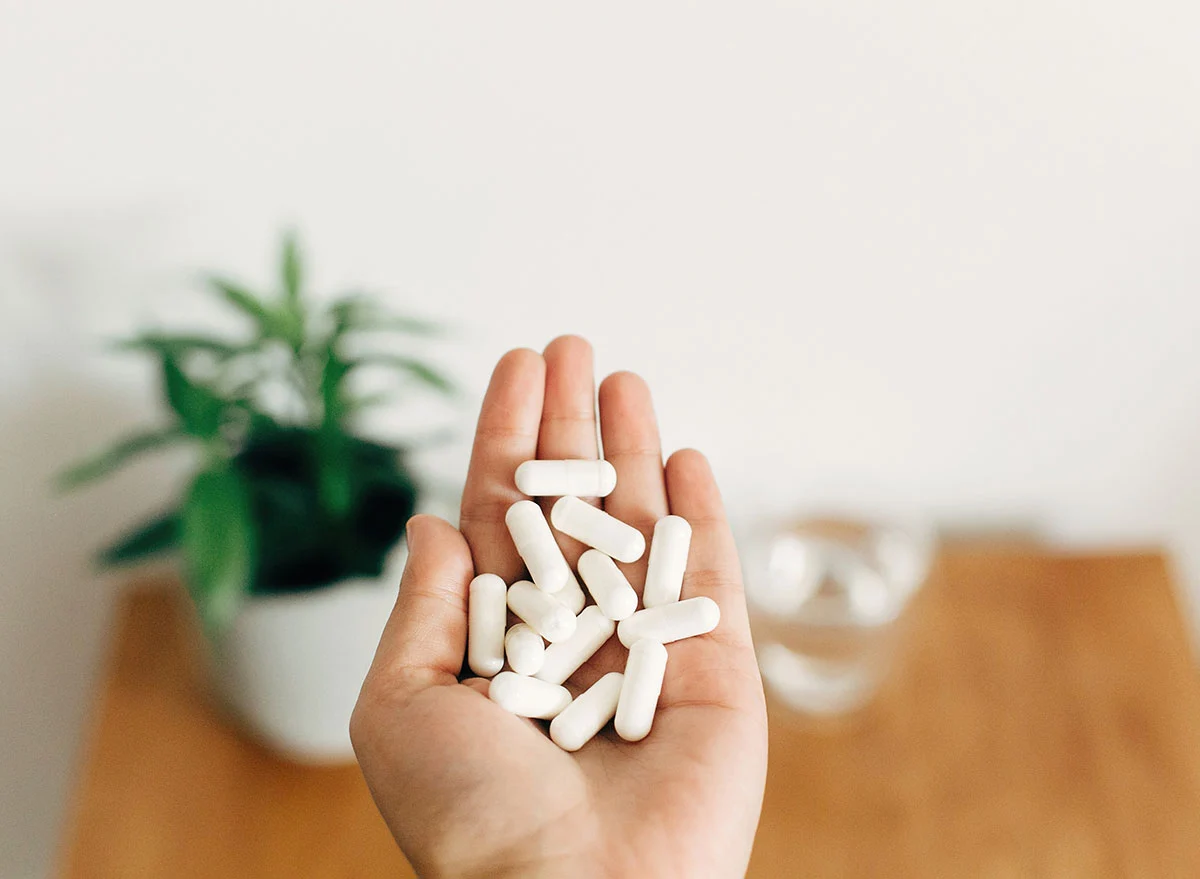Track Your Health in Real-Time: The Surprising Benefits of CGMs for Everyone
What is a Continuous Glucose Monitor (CGM)?
A Continuous Glucose Monitor is a small device that monitors blood sugar levels. It is a wearable piece of technology that measures glucose in the interstitial fluids just under the skin.
CGMs are often used by people with diabetes, but in recent years, a growing number of people without diabetes have also started using these devices.
Using a built-in sensor and transmitter, CGMs send your blood sugar levels to a smartphone app, handheld device or insulin pump so that you can track your health data and adjust your lifestyle, or contact a healthcare professional if necessary.
This data can help you better understand your body’s glucose response at various stages of the day, and potentially shed light on reasons why you may be feeling fatigued, dizzy or suffering from brain fog at certain points.
Why Glucose Monitoring Matters for Everyone
Glucose levels affect energy, focus, mood and metabolic health. This is why, even for non-diabetics, understanding blood sugar patterns can be valuable for optimizing health and maintaining balanced energy levels.
As one CGM user puts it: “Diabetes doesn’t happen overnight. It’s decades in the making.”
Building and sticking with healthy habits in the long run is what can help prevent illness and disease down the line, and the more insights we have into our body’s health, the better we can make informed dietary and lifestyle decisions.
Health Benefits of Using a CGM
Gaining better insights into personal glucose trends can help people make better dietary choices. By monitoring how different foods affect their blood sugar levels, users can potentially identify foods that contribute to spikes and work towards cutting out certain foods to make way for better alternatives.
If people without diabetes can see their glucose levels and respond with healthy behavior (exercise, rest, healthy food, etc) when the concentrations are above a determined target (set by a healthcare professional), then a healthy feedback loop can be created and improve overall well-being.
For athletes who want to go the extra mile, using a CGM can also help them optimize their exercise and recovery routines by maintaining glucose levels within a narrow peak performance range.
Practical CGM Applications:
To see how certain foods can affect blood sugar levels, people can try different foods and compare how their glucose levels are impacted.
For example, you could make a meal with white rice, measure how it impacts your blood sugar levels, and then compare it with the same meal made with brown rice instead. Depending on your CGM’s readings, you may realize that your body responds better to brown rice and try to incorporate that into your diet over white rice.
Tailored physical activity and meal timing around physical activity can also be planned using CGM data.
One study found that “pre-workout meals or snacks can be adjusted based on blood glucose levels to optimize energy levels and avoid glucose imbalance during physical activity. The insights gained from CGM can help plan physical activities to improve overall well-being.”
At Tall Tree, we have something called the Longevity Program, which is our way of assessing your health risks and stopping disease before it starts. Depending on your tier (which is based on your health ambitions), we use CGM data to inform your Longevity Plan and optimize it based on your unique results.
What a CGM does not do:
While there are a lot of helpful uses for CGMs, we would like to point out that they are not a panacea for healthy living. The data can be used to inform healthy lifestyle choices with the guidance of a healthcare professional, but there are certain limitations. A CGM does not:
Diagnose Conditions: CGMs provide glucose data but do not diagnose diabetes or other health issues—consult a healthcare provider for a diagnosis.
Replace Medical Advice: CGM insights complement but don’t replace professional medical guidance, treatment, or prescriptions.
Offer Nutritional Plans: While they show blood sugar responses to foods, CGMs don’t provide personalized diet or nutrition plans.
Monitor Other Health Metrics: CGMs only track glucose levels, not cholesterol, blood pressure, or other vital signs.
Automatically Improve Health: Wearing a CGM alone won’t enhance health—users need to apply insights to their lifestyle choices.
Overall, it is not a tool to diagnose, but to provide insight for behavior changes, and more clarity on how you feel with low or high blood sugar, as well as the way the food you eat affects your body.
Our Proactive Approach To Healthcare
We offer a unique approach to healthcare, with our Longevity Program—which aims to optimize your health before any major illnesses or diseases develop to help you mitigate health risks
Through aggressive medical and physical health screening, we can comprehensively assess your health and identify any areas for improvement to expand your healthspan.
Program participants receive the following tests:
Cancer & Cardiovascular Genetic Screening
Apolipoprotein E & DNA Methylation testing
DEXA Scans (Bone Density & Body Composition)
VO2 Max & Lactate Testing
Healthspan Labs’ Longevity Blood Panel
Continuous Glucose Monitoring (CGM)
And more… (depending on your chosen program tier)
Once our wide team of trained health experts have taken a look at the results, they will provide recommendations and support to tailor a program that helps you get healthier—and stay that way.
If you want to take a proactive approach to your health, book your 15-minute intake call with the Longevity Team today!
Learn more about the Longevity Program here.
Or read on:
Train Smarter, Not Harder: The Power of Zone 2 Training for Longevity
What is VO2 Max and How Can It Increase My Lifespan?
Nutrients and Supplements: What are Longevity Experts Saying and Why?


























